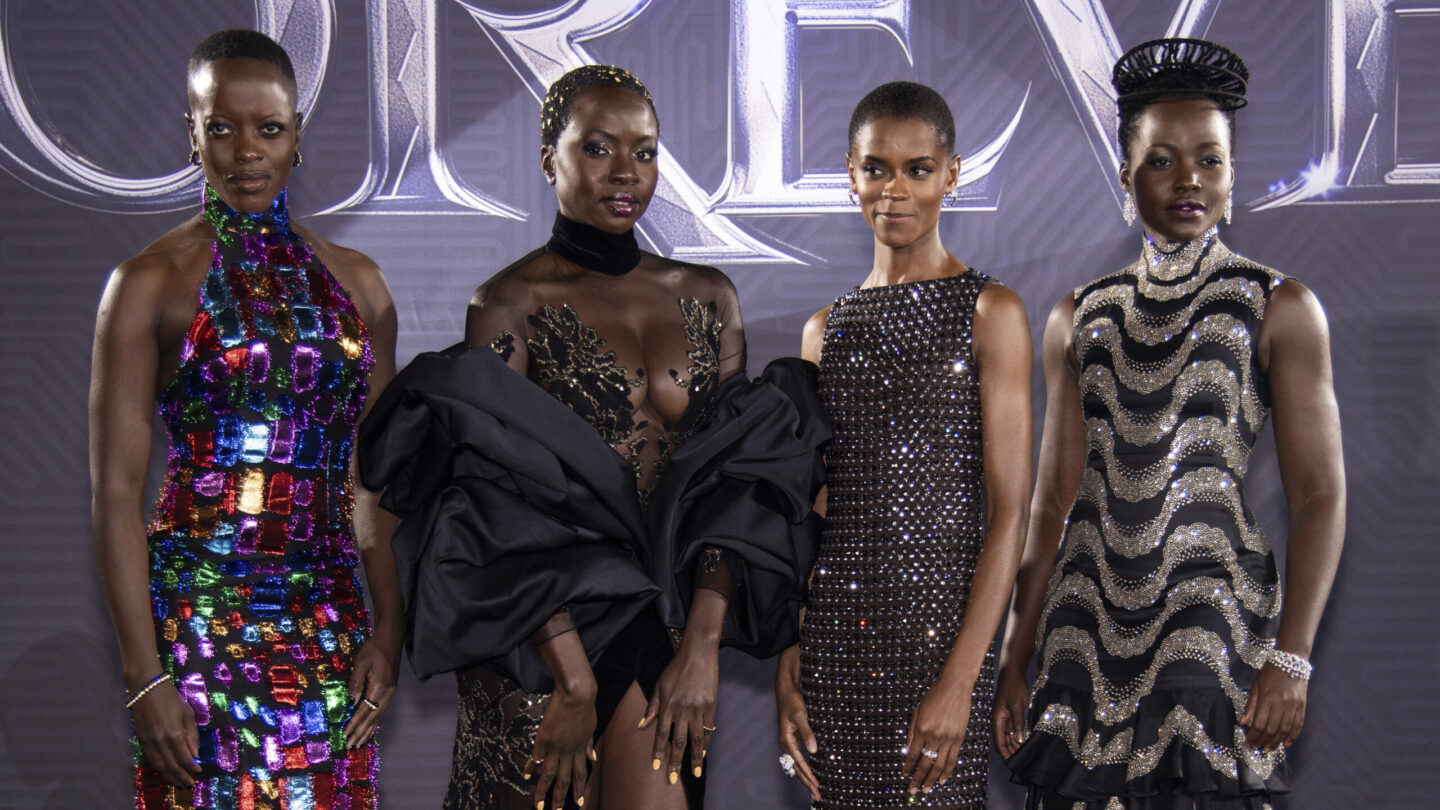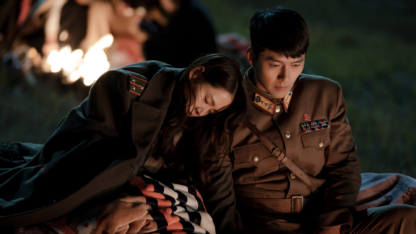Afrofuturism and Black women representation in Marvel's 'Wakanda Forever'

Four years after the beloved “Black Panther” movie was released, the sequel, “Wakanda Forever,” has hit the big screen. This comes after the tragic passing of actor Chadwick Bozeman in 2020. He portrayed King T’Challa, the Black Panther. Now, the torch has been passed to his sister, Princess Shuri, the tech wizard of Wakanda.
To talk about Afrofuturism and the role of women in the new film, two Georgia Tech professors joined “City Lights” host Lois Reitzes: Dr. Lisa Yaszek, Professor of Science Fiction Studies in the School of Literature, Media and Communication, and Dr. Susana Morris, Associate Professor of Literature, Media and Communication and Black Media Studies.
Interview highlights:
How Black representation in science-oriented media inspires young people:
“I think it’s had a huge impact on audiences of all stripes to see a young Black woman be intellectually curious, in fact, be the smartest, or one of the smartest people in the [Marvel Comics universe], and then for her to team up with Riri Williams, the kind of ‘new Iron Man,’ who’s also brilliant and is a teen wunderkind, I think it’s really important for young people and folks of all ages. I know that my students at Georgia Tech have said to me that seeing films like ‘Hidden Figures’ incited them and invited them to apply to Georgia Tech and pursue STEM,” said Morris.
She added, “So I know that seeing Shuri makes folks have similar reactions, and for there to be a whole group of films or group of cultural productions, that’s inviting people to rethink, like, ‘Well, these are things that are possible for me. I’ve always liked to tinker. I always liked science. I’ve always been into engineering, and I can do that, and I can be wearing cornrows, a tracksuit. I don’t have to conform to whatever notions of, this is what a scientist, quote-unquote, is supposed to look like.'”
Defining “Afrofuturism:”
“The term was coined in the ’90s, but the concept, which Lisa describes beautifully – and some of her work goes back to at least the 19th century in the United States – but Afrofuturism as we know it, the ’90s, Listservs, the internet, folks were like, ‘Hmm, we see what’s going on with Black science fiction and technology, and we want to talk about it. We want to name what we see out there in the world,'” said Morris. “So it could be anything from the artwork of Jean-Michel Basquiat, or the music of anyone from Janelle Monet to Parliament Funkadelic to LaBelle – look at all their astronaut, far-out futuristic outfits – to OutKast, to the art of Wangechi Mutu or Nettrice Gaskins. There are lots of public examples, to the very mainstream Black Panther films and comics and things of that nature.”
“We can find Afrofuturist storytelling at least back into the 19th century, and I’m actually doing some work now where I’m arguing that the colonial African-American poet Phillis Wheatley could also be seen as a precursor of Afrofuturism. There are a number of her poems that essentially imagined the mothership, and that treat Black artists as ‘star children,’ and that kind of imagery became so important to Afrofuturism with the jazz of Sun Ra in the 1950s, and then of course, as Susanna was saying, with the explosion of Black popular music in the 1970s with Parliament and LaBelle,” Yaszek explained.
How Afrofuturist art and media shed light on historic struggles for equality:
“I think one thing that’s really interesting is that when we saw what I’d like to call the resurgence of the Civil Rights Movement, maybe, in 2020, is that it was a moment where we saw connections – not just Black people standing up for what’s right, but people of other colors joining them,” said Yaszek. “This is a moment when people are connecting with each other to say, ‘We need to think about race differently,’ and I think that that’s so interesting, because you see this in the new movie, where we see the alliance between Wakanda, or at least potentially an alliance between Wakanda and Nemor’s country, under the sea. And so we have an African country and a country that’s sort of a descendant of the Mayan, working together and thinking about the different ways that racism is iterated throughout the world and the different ways that people can come together to push back against that.”
“I really feel like our earliest Afrofuturists, in the United States, anyway, some of them are formerly enslaved Africans, right, who believed in abolition, and who believed in the franchise and all of that. For folks in the 1820s to imagine a future, or in the 1790s to imagine the future, or like a Phillis Wheatley in the 1770s, she was never going to see all of her people free, right? But to imagine a future where that is possible, that’s an Afrofuturist enterprise,” Morris reflected. “So yes, there is this kind of forward-thinking about imperialism and the end of the possible end of imperialism. That’s really one of the things the second movie is about, and that’s an Afrofuturist enterprise. None of us are going to be alive to see the end of imperialism, but maybe our great-grandchildren might be.”








